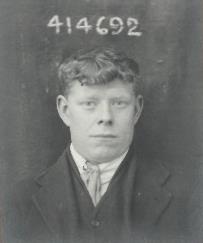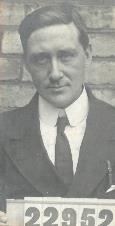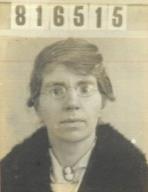The Central Index Register is the most extensive Merchant Navy resource at Southampton Archives. Containing 1,250,000 records, it is recognised all over the world as being a major source of information on the British Merchant Navy from the end of the First World War to the early years of the Second.
Over the next few pages, we’ll explore the different types of record in the register, but first it’s worth knowing the kind of information that will make searching the collection all the easier.
A seaman’s name, date and place of birth are a good starting point. It’s also helpful to know their discharge number, but this isn’t essential unless searching the CR2 cards and the Combined Series, both of which are organised by discharge number rather than name.
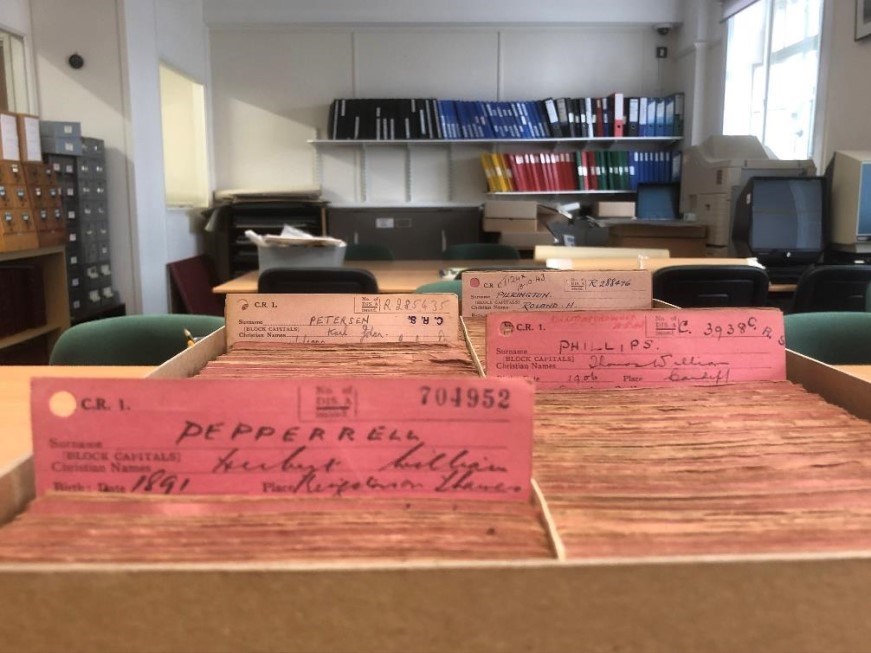
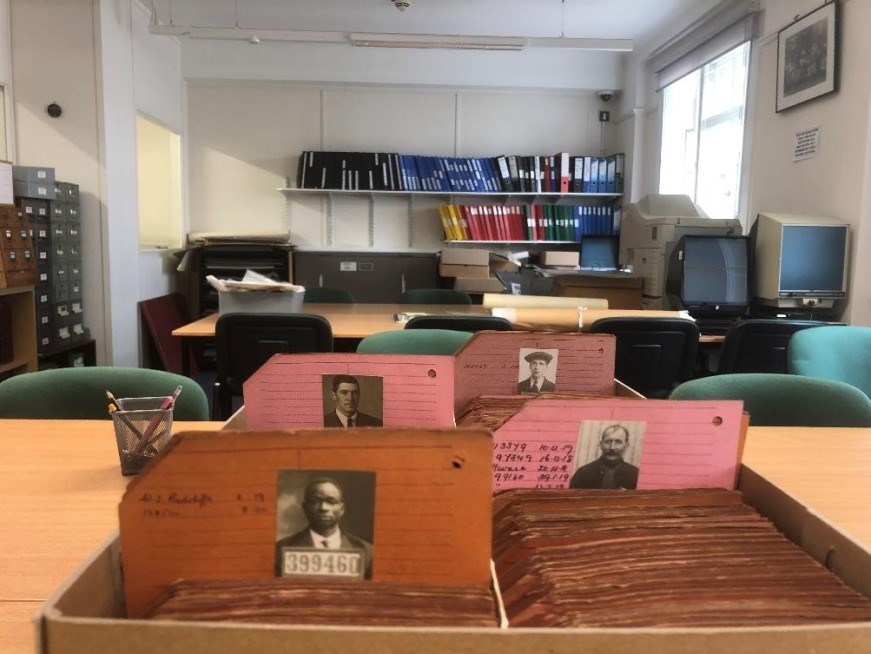
CR1 - Harry Chalk
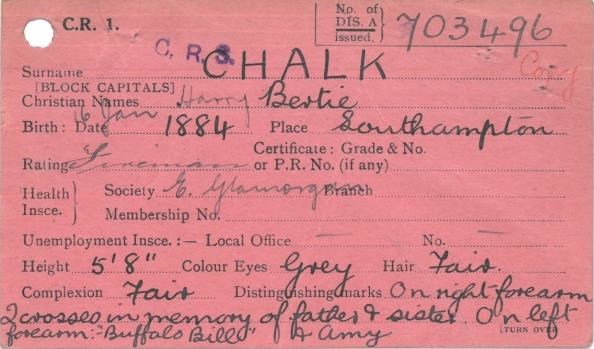
- Discharge number (top right) - referred to as a ‘Dis. A. No.,’ a discharge number was issued to every seaman after his first voyage
- Name and surname (top left) - CR cards also give the seaman’s name, as well as his date and place of birth and rank or role on board a ship. Harry was a ship’s fireman
- Appearance (bottom left) - details about the way the seaman looked, including his height, eye, and hair colour
- Distinguishing marks (bottom right) - details of any distinguishing marks on the seaman, such as bruises, scars, or tattoos. Harry had a tattoo on his right forearm showing “2 crosses in memory of father & sister,” and another on his left which read “Buffalo Bill and Amy”
The first type of card in our collections is a CR1 card. This one belongs to Harry Chalk, a ship’s fireman born in Southampton in 1884.
A CR1 card was created when a seaman was issued with a discharge book, either at the time of his first voyage or when another discharge book was issued (after one book was full or a book was lost).
Although CR1s began to be issued from 1913 onwards, most of the pre-1921 cards were destroyed during the 1960s.
CR2 card - Edna Russell
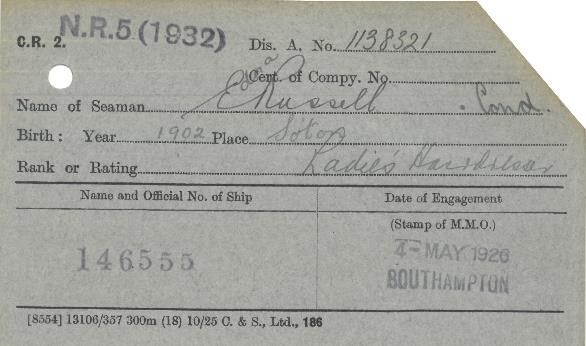
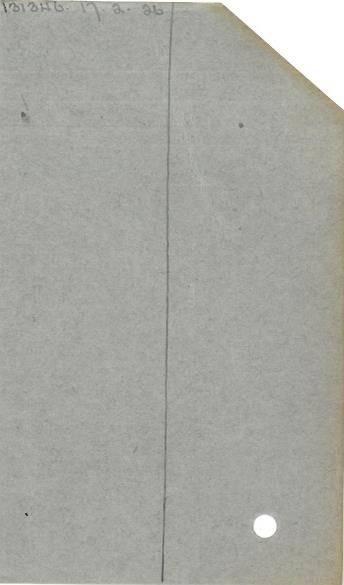
- Name and official number of ship (middle left) - CR2 cards often have the name and the official number of the ship the sailor was currently serving on. The number 146555 is the official number for the Majestic
- Date of engagement stamp (middle right) - this stamp shows the date on which Edna started serving on the Majestic, 4th May 1926
- Ships previously served on (second image) - CR2s often include details of previous ships a seaman served on. In Edna’s case, only one ship is recorded on the back of the card, Olympic, which Edna began serving on in February 1926. The date next to the number indicates when the seafarer began serving on the ship
This is a CR2 card belonging to Edna Russell, who served in the Merchant Navy as a ladies’ hairdresser. Edna was born in Southampton in 1902.
CR2 cards have the same covering dates as CR1 cards. A CR2 card was created every time a seafarer signed onto a new ship. Eventually, all the information was transferred to one card and the others were destroyed.
CR2s are organised according to discharge number rather than name. They often list previous ships the individual served on.
CR10 card - William Ashbolt
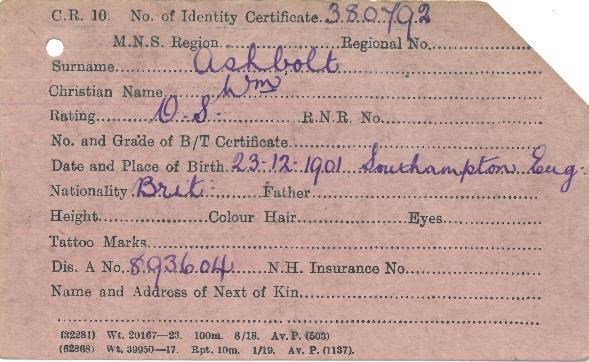
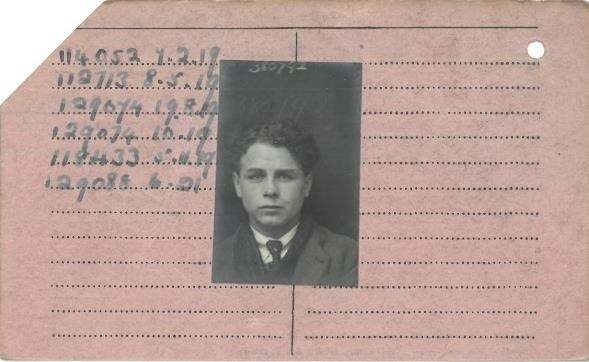
- Number of identity certificate (first image, top right) - CR10s often list a seaman’s number of identity certificate, which was unique to the individual
- Nationality (first image, middle left) - where the sailor originally came from. People from all over the world served in the British Merchant Navy. Due to the fact that the records were created in the early 20th century, some countries listed on the cards no longer exist or are now self-governed, so the info on the records may not always be entirely accurate in this sense
- Ships number and dates (second image, top left) - as with CR2 cards, CR10s often have lists of ships a sailor previously served on. The ships on William’s card are Soudan, Saxon, Balmoral Castle, Kenilworth Castle, and Edinburgh Castle
- Photo (second image, centre) - CR10s usually include a photo of the seaman, as shown here with William’s picture
Finally, we have CR10 cards. This record is for William Ashbolt, an ordinary seaman born in Southampton in 1901.
CR10 cards were originally produced during the First World War to issue Merchant Navy personnel with identity certificates. This meant that there were far fewer women included in the CR10 series than men. CR10 cards are useful because they usually (though not always) feature a photo of the individual, giving researchers a glimpse of an ancestor they may never have seen before.
CR10s continued to be produced until 1921.

